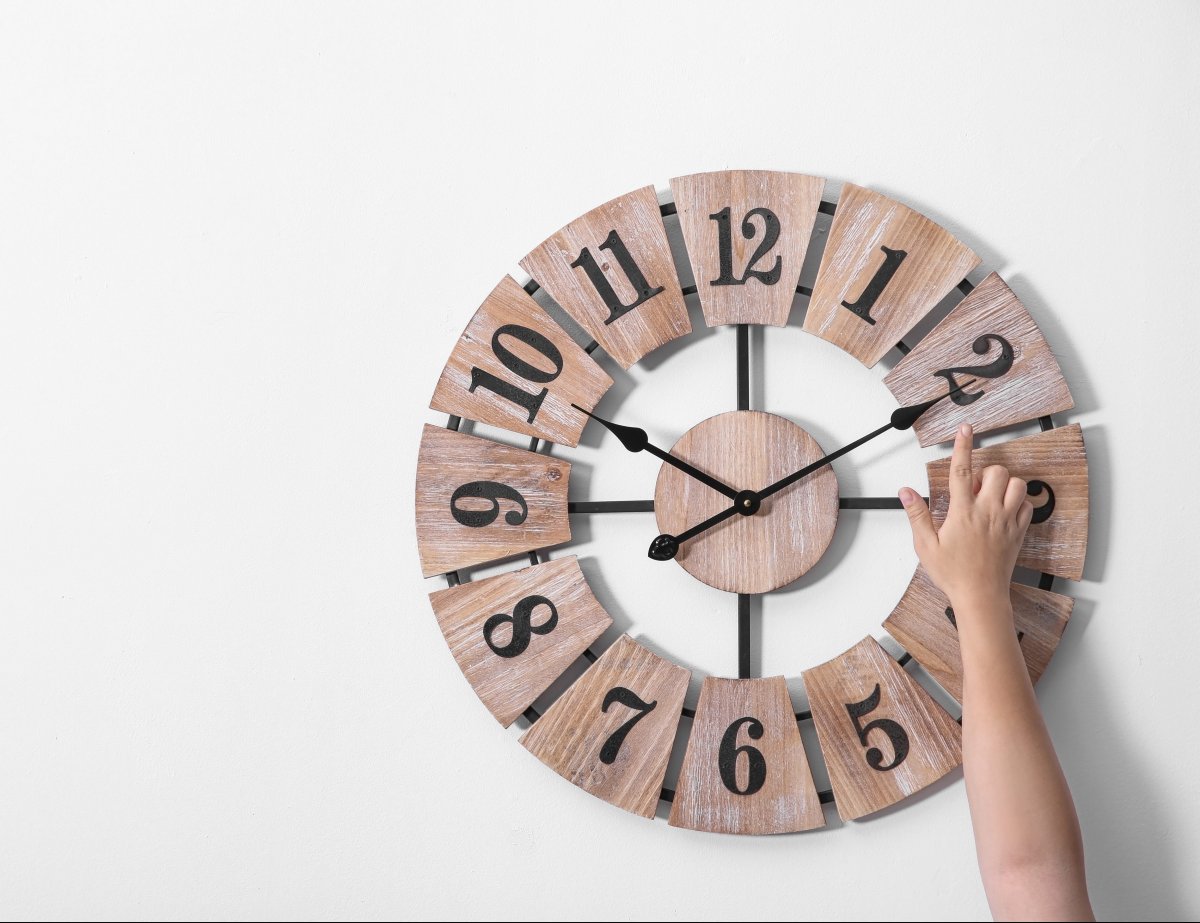The biannual time change occurred for much of the country on Sunday, leaving some feeling a little groggy to kick off the work week, but the start and end of Daylight Saving Time affects more than just one’s sleep.

For the most part clocks around Canada bumped ahead an hour to usher in the start of Daylight Saving Time, giving us darker mornings and brighter evenings. And research shows losing the extra hour of sleep can take a toll on some people in the days following the time change.

Here’s some other things that are things that may be affected by time changes.
Employees are less productive
Employees tend to be less productive the Monday after clocks spring forward, spending for time browsing the internet. According to a 2012 study, researchers at Penn State, Virginia Tech and Singapore University concluded that “cyberloafing,” as they call it, spikes dramatically to about 8.4 minutes of web surfing for every task-assigned hour.
WATCH: Dr. Mitch Shulman joins Global’s Laura Casella in studio to talk about the medical consequences of Daylight Saving Time.

The study points to research out of the United Kingdom that showed employee web-surfing costs companies $600 million a year.
Heart attack and strokes increase
Though research suggests it’s linked to losing an hour’s sleep, a 2016 study warned the risk of a heart attack and stroke increases for two days following the start of Daylight Saving Time. Doctors out of the University of Turku suggest the rate of ischemic stroke – caused by a clot blocking blood flow to the brain – is eight per cent higher during the first two days after the transition. After that, the disparity tapers out.
READ MORE: How Daylight Saving Time affects your sleep and what to do about it
The risk of a heart attack increases by seven per cent and lingers for three days following to change to Daylight Saving Time.
Traffic accidents
Again citing the loss of an hour’s sleep, a New England Journal of Medicine study suggests the time change resulted in an eight per cent spike in car accidents on the first day back to work after the time transition, while a University of Colorado study pointed to a 17 per cent spike in traffic-related deaths on the Monday after springing forward in time.
Not all Canadian communities follow Daylight Saving Time
- Areas of Québec east of 63° west longitude remain on Atlantic Standard Time all year round
- Some northwestern Ontario towns stick to Eastern Standard Time all year round
- Most of Saskatchewan uses Central Standard Time all year round
- Nunavut’s Southampton Island remains on Eastern Standard Time all year round
- Areas of northeastern B.C. maintain Mountain Standard Time year-round
–with files from Carmen Chai, Tania Kohut




Comments